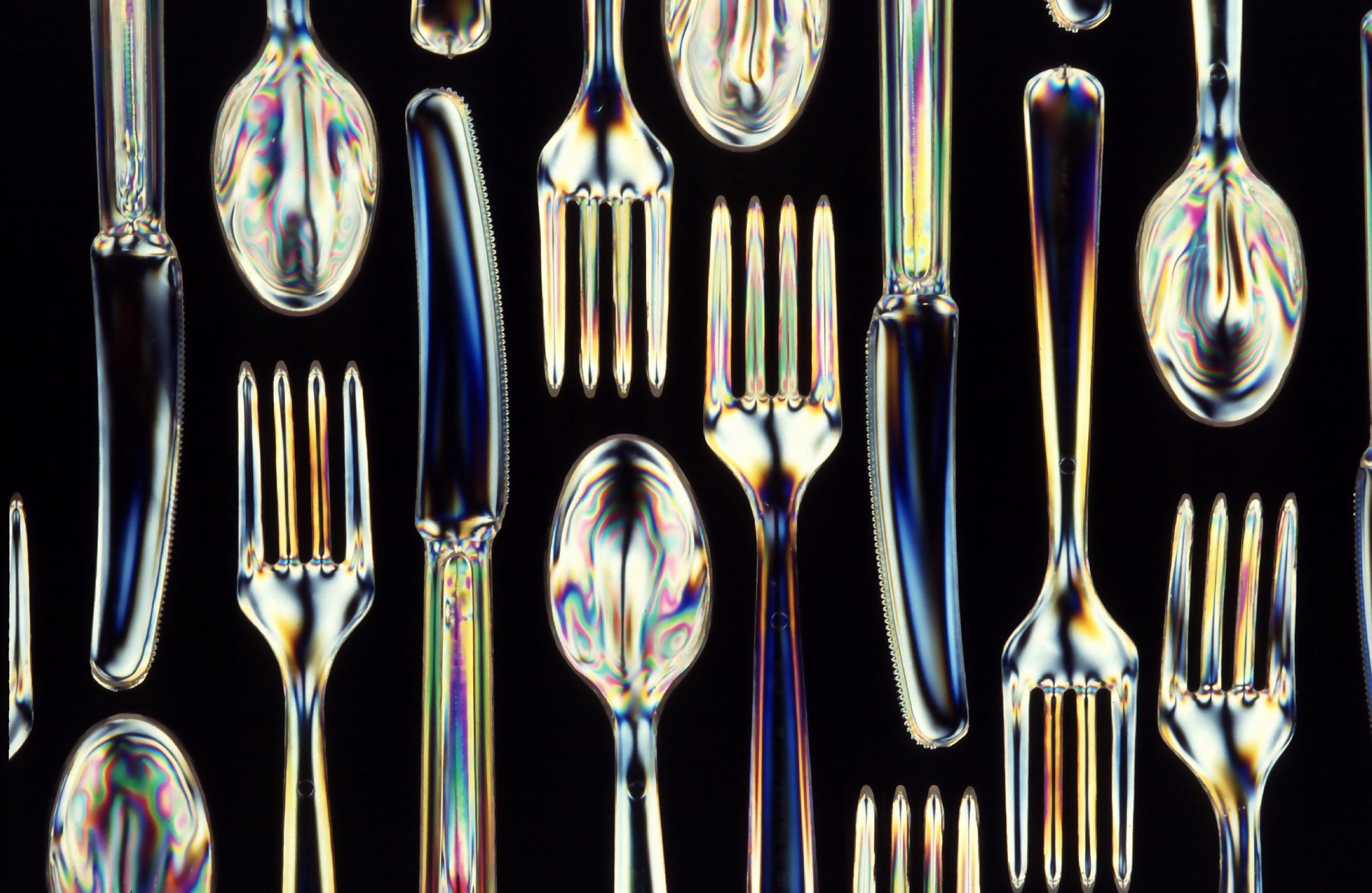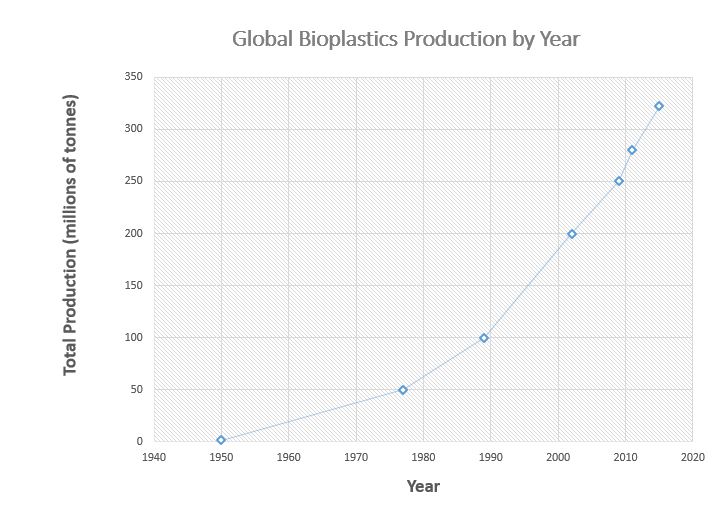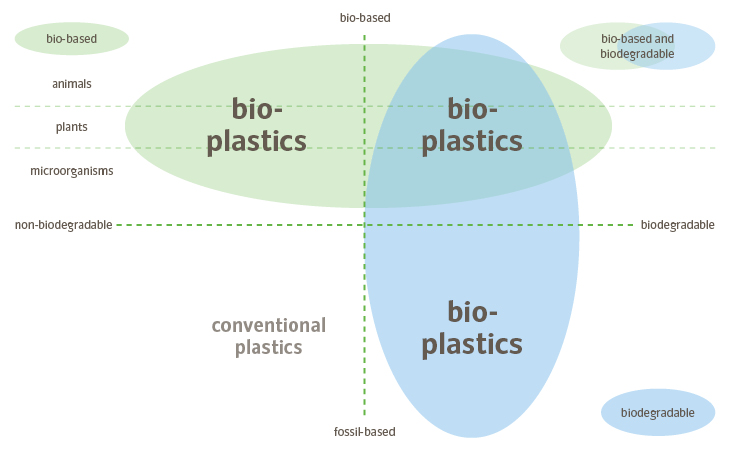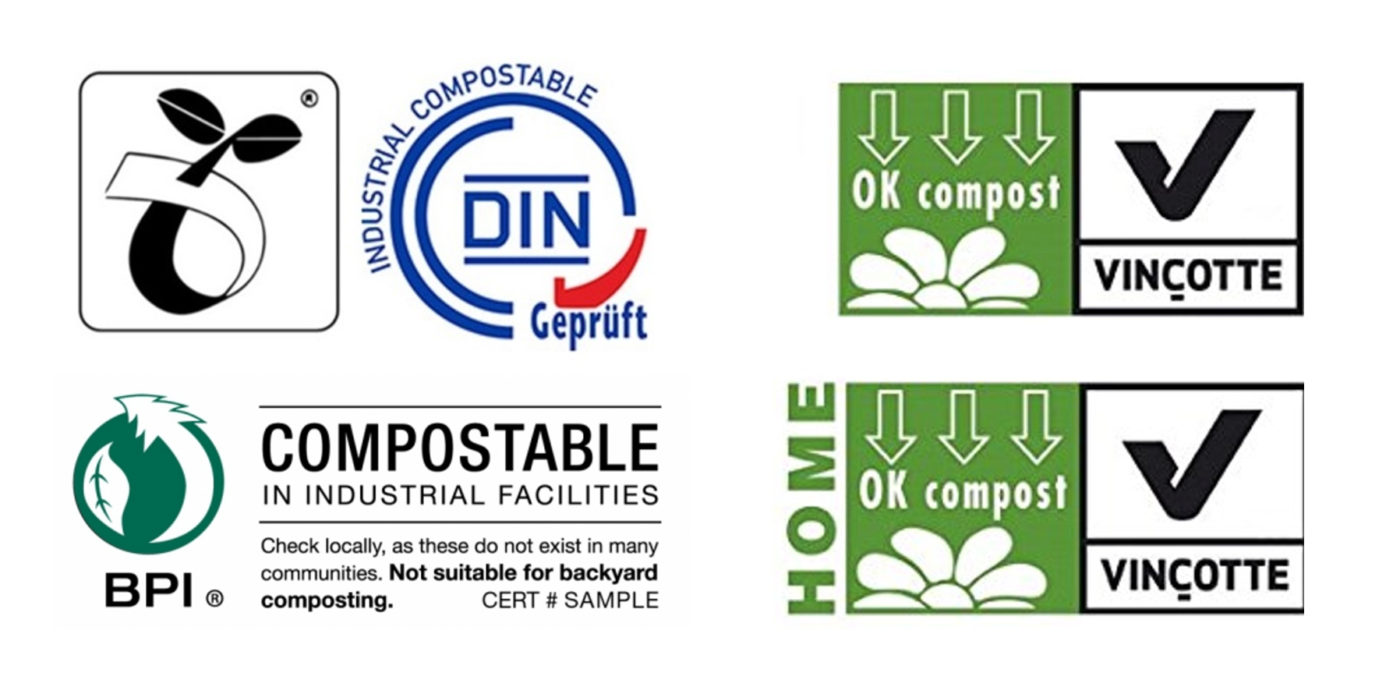Bioplastic, It’s Fantastic?

As demand for plastic is on the rise and recycling efforts can only repurpose about 9% of generated plastic, scientists, engineers and producers are looking for green solutions to our petroleum plastic dependency. While bioplastics have been around for about 100 years, there has been a recent surge of interest in them. Bioplastics use 20% or more renewable materials and produce less methane gas than conventional plastics over their lifetime. However, despite containing more renewable materials, the verdict is grey on the sustainability of bioplastics.
When we hear the prefix “bio”, many us automatically assume a product is greener, better for the environment and/or even quicker to degrade naturally. However, when it comes to bioplastics, consumers may be experiencing a false sense of environmental goodwill. Bioplastics can either be degradable, biodegradable or compostable. It is important to know how to identify and dispaose of the different types of bioplastics,
The Bio- Breakdown
A degradable bioplastic is a plastic was produced in part with biological material but it will behave like traditional plastic in the environment. If given enough time and the right conditions, it will break down into non-organic materials that will persist in the environment.
Biodegradable plastics require heat, light and oxygen to completely break down, usually within a year. The rate of biodegradability is affected by the environment. for example warm tropical waters facilitate the process significantly more than frigid Artic waters.
If a bioplastic is compostable then it will break down into inorganic matter, water, and carbon. In America, compostable plastics only have to meet the ASTM D6400 criteria. These plastics are designed to break down in an industrial compost facility, but would behave like traditional plastic in a home compost. Internationally, there are varied types of compostable plastics and standards to indicate whether a compostable plastic requires an industrial facility or can be home compostable. Home compostable-grade bioplastics are better where people don’t have access to commercial composting facilities.
Currently, most US recycling centers are not equipped for bioplastics. If bioplastics get into traditional plastic recyclables and contaminate the batch, all the plastic must then be sent to the landfill. If your city lacks the recycling or compost facilities to accept bioplastics, then the bioplastics will likely end up in a landfill. In a landfill, where anaerobic conditions are likely to be present, bioplastics break down and produce landfill gas which contains methane. Some landfills, like Freshkills, have systems in place to purify the gas for commercial use to offset the environmental impact.
A Greener Tomorrow
While the science on bioplastics is currently being sorted, settled and developed, it is up to the consumer to read the fine print. As consumers, understanding the difficulties in disposing of bioplastic can lead to increasing demand for greener alternatives and less plastic in the environment. New technologies are continually being developed to generate cost effective, energy-efficient, and biodegradable bioplastics that utilize wastewater, organic waste, and food waste.








